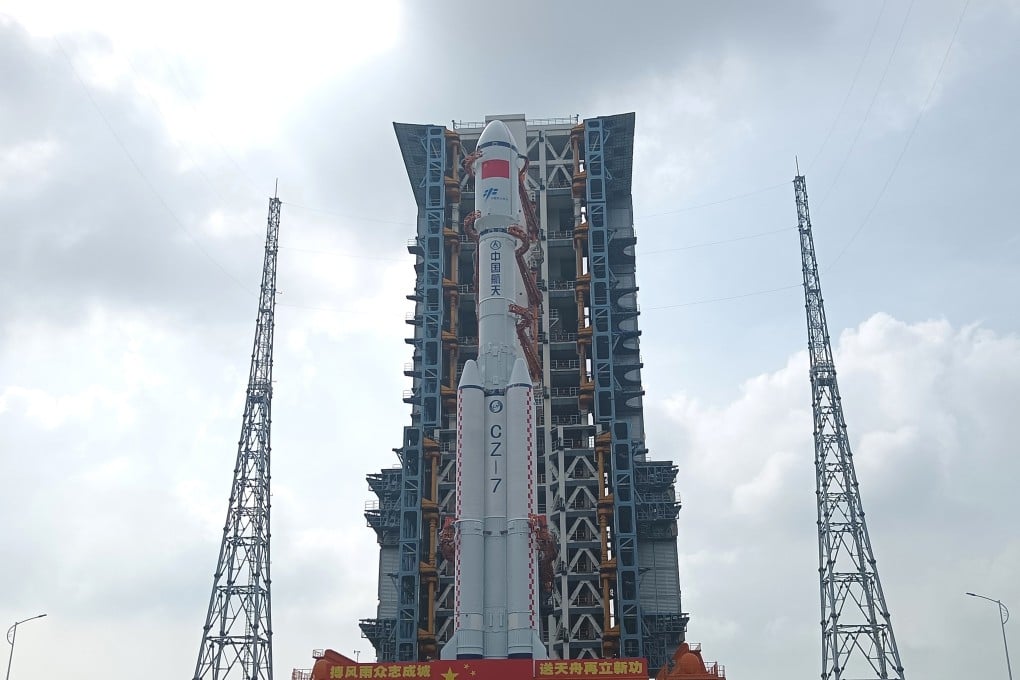China’s power unit for future space missions gets top grades in orbital tests
More efficient aerospace electronics made with third-generation semiconductor materials will be key to country’s lunar, deep space ambitions

“The main task of this mission is to conduct space verification of domestically developed, high-voltage, radiation-resistant SiC power devices, and to verify their application in aerospace power supplies,” Liu Xinyu, a researcher at the CAS Institute of Microelectronics (IME) told state news agency Xinhua on Sunday.
“We will also research radiation effects, improve the output of China’s aerospace digital power supplies, and support future single modules to reach kilowatt level power,” Liu said.

Power semiconductor devices – or power devices – are considered the “heart” of electronics systems because they function as a switch or circuit converter.
Traditional power devices use silicon as their base material, but these systems are approaching the physical limit of their performance, according to a release by IME last month.